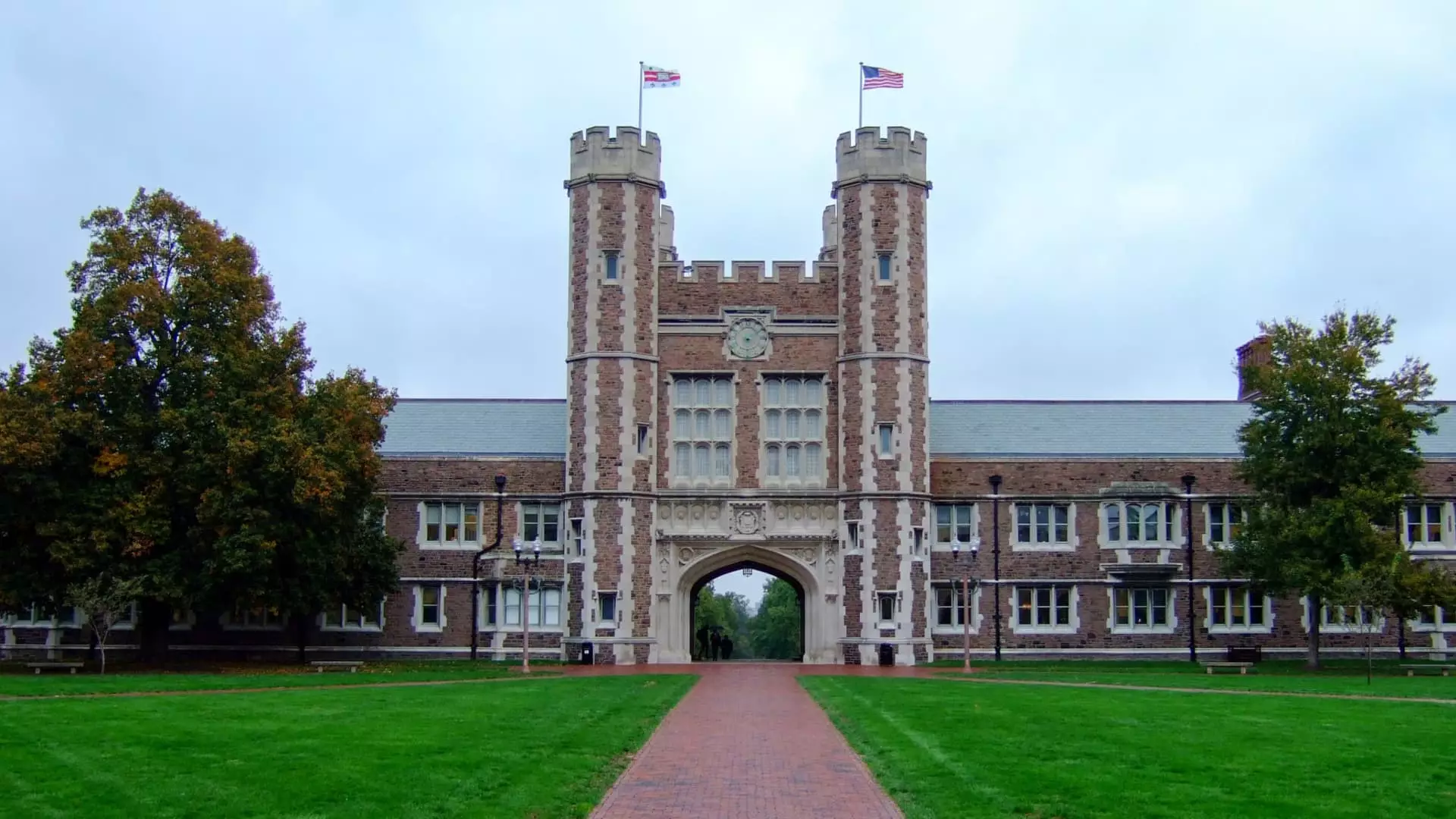The cost of attending college in the United States has reached alarming levels, with some institutions charging nearly six figures per year. According to data from The Princeton Review, several prestigious schools such as New York University, Tufts, Brown, Yale, and Washington University in St. Louis have sticker prices exceeding $90,000 for the 2024-25 academic year. With tuition adjustments averaging around 4% annually, these institutions, along with others, may surpass the $100,000 mark as early as 2026.
The exorbitant cost of college education can be a major deterrent for students, especially those from low- and moderate-income families. Sameer Gadkaree, president of the Institute for College Access and Success, emphasized that the current price tag is simply unaffordable for many aspiring students. He attributed the rise in tuition to significant cuts in state funding for higher education, which have led to a shift in the financial burden onto students.
Despite the steep rise in college costs, very few families actually pay the full amount out of pocket. According to a report by Sallie Mae, the average amount spent on education expenses in the 2023-24 academic year was $28,409. Parental income and savings cover nearly half of these costs, while scholarships, grants, and student loans make up the rest. The U.S. Department of Education allocates billions of dollars annually to help students finance their higher education, but many students fail to take advantage of these opportunities due to issues with the Free Application for Federal Student Aid (FAFSA).
Completing the FAFSA is essential for accessing federal financial aid, including grants, loans, and work-study programs. Unfortunately, problems with the FAFSA application process have led to a decrease in submissions. As of August 9, FAFSA submissions were down nearly 10% nationwide compared to the previous year, indicating that fewer students are applying for financial aid and, consequently, attending college. This trend has raised concerns about the accessibility of higher education to students from diverse socioeconomic backgrounds.
Despite the challenges posed by rising tuition costs and financial aid barriers, private colleges and universities have more resources available to provide assistance to students in need. Robert Franek, editor-in-chief of The Princeton Review, highlighted the efforts of many schools in meeting the demonstrated financial need of students and families. While the lofty sticker prices of private schools may seem intimidating, Franek emphasized that there are opportunities for students to receive financial support and access higher education.
The escalating cost of college education in the U.S. poses a significant barrier to students seeking to pursue higher education. While financial aid programs exist to help offset these expenses, challenges with the application process and a lack of awareness among students have contributed to a decrease in college attendance. Addressing these issues will be crucial in ensuring that all students have equal opportunities to access and afford a college education in the future.

